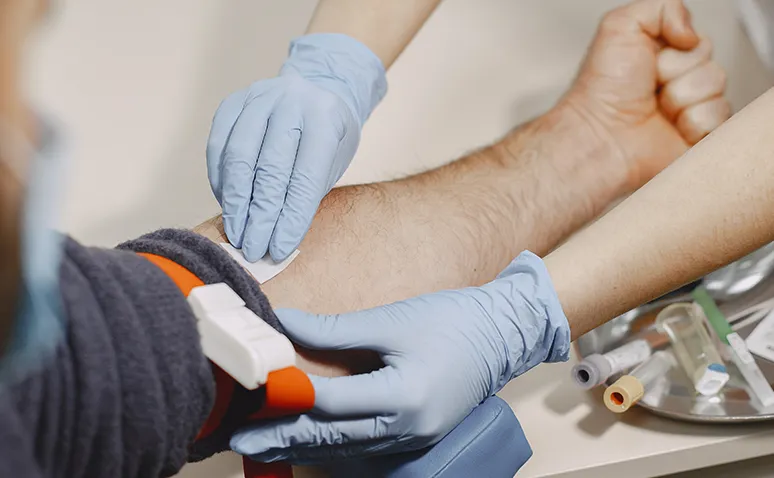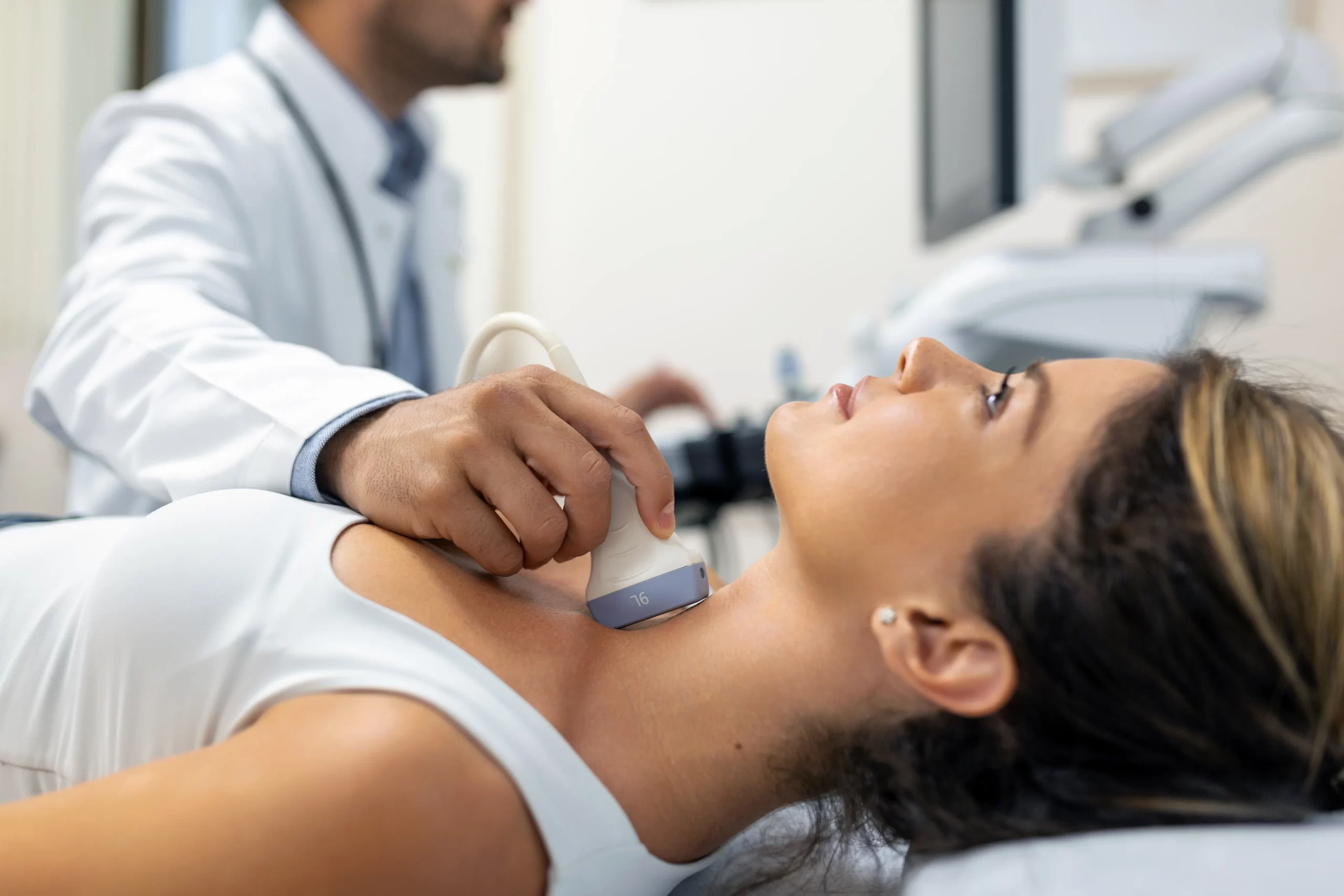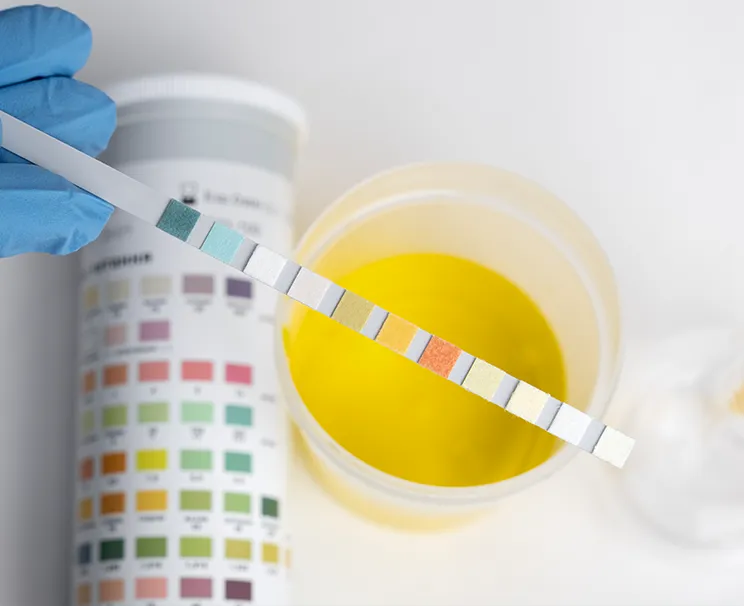
What is the importance of measles today?
Although the number of deaths due to measles decreased by 73% between 2000 and 2018 due to accelerated vaccination, 140,000 people died from measles in developing countries. 90% of deaths are in countries with insufficient per capita income and health services (WHO-World Health Organization data).
Since preventive health studies were directed towards the pandemic during the pandemic, measles cases have increased in our country since 2010. The entry of the virus into Turkey was detected in 2010. Measles cases, which had actually just entered Turkey when the pandemic started, entered a pause period when contact decreased with the start of the pandemic. However, the decrease in vaccinations during the pandemic and the increase in contact after the pandemic causes a rapid increase in measles cases. Currently, Türkiye ranks 3rd in the measles pandemic in Europe.
An important reason for the increase is irregular migration and inadequate registration of health IDs. In addition, today, a significant anti-vaccine speculation is developing worldwide, created by the post-Covid-19 vaccine. This shows that people have identified the measles disease, which was administered years ago in childhood and thus provided social immunity, with the Covid 19 epidemic and the vaccine produced, thus creating general anti-vaccine ideas. However, measles and other childhood vaccines (such as polio, mumps, etc.) prevent these diseases from occurring at later ages and causing more serious consequences. Measles, if no precautions are taken in childhood, can have very serious consequences, even death, when contracted in adulthood.
What is the causative agent of measles and how is it transmitted?
Measles is a single-stranded RNA virus. It is a paramyxovirus from the Morbobilivirus family. The mode of transmission from person to person is through inhalation of moist respiratory particles of a patient with measles. Infection becomes easier in offices, schools, public transportation systems and similar environments.
How to understand that measles is infected?
The time from infection with the measles virus to the appearance of symptoms is approximately 10-14 days. Symptoms initially include cold and flu-like cough, fever, fatigue, conjunctivitis, and runny nose. Rashes appear 2-4 days after the onset of prodromal symptoms that enable the disease to be recognized. The rash starts behind the ear, spreads to the face, and then quickly spreads to the whole body.
What is the laboratory test for measles diagnosis?
In cases where there is a possibility of measles, Measles IgM antibodies can be checked in the blood (Rubeola IgM) at the stage when the symptoms of the disease appear. This test becomes positive soon after the rash begins. If it is positive, it means Measles is acutely transmitted. In the very early stages of the disease, it may appear negative because these antibodies have not yet been activated, but this does not mean that measles is not transmitted. It continues to rise in the blood shortly after the rash and remains in the blood for a longer time until Rubeola IgG immunoglobulins leave the task of fighting it. The period when IgM levels decrease and IgG levels remain high indicates either the later stages of the disease or the formation of the body’s protection system against the past and disease. Rubeola Ig M and IgG tests are important for both diagnosis and follow-up during the course of recovery.
Rubeola IgM Real Time PCR test can also be performed for faster results. Samples may be throat and nose swabs and/or urine.
What is the course of measles?
Between 4 days before and 4 days after the rash appears, the virus is at its highest level in the respiratory tract and has the greatest potential for transmission. During this period, bluish-white spots (Koplik’s spots) can be seen on the oral mucosa in the mouth. Fever reaches 39-40 degrees. In patients without serious complications, the patient feels better approximately 3 days after the rash appears and recovers after 7-10 days.
What are the advanced complications of measles?
Measles disease is experienced with various clinical manifestations in the respiratory and digestive systems, especially in children. Pneumonia, edema in the vocal cords, infection in the middle ear (otitis media), mouth sores, diarrhea, loss of consciousness, inflammation of the cornea due to Vitamin A deficiency, xerophthalmia (permanent blindness), corneal opacity and encephalitis may be detected. In addition to these, hepatitis, miscarriages during pregnancy, low-weight baby birth, maternal death, and immunological deficiency may occur in adults.
The mortality rate varies between 10-30%, especially in societies with nutritional problems.
How is measles treated?
There is no definitive treatment for measles. However, in order to prevent complications and transmission to other organs and to make the disease easier to overcome, the patient should be given relief of symptoms (such as reducing fever, controlling cough), rest, antibiotic support and especially vitamin A-rich food supplements or oral vitamin A preparations. Apart from this, drink plenty of water, fruit










